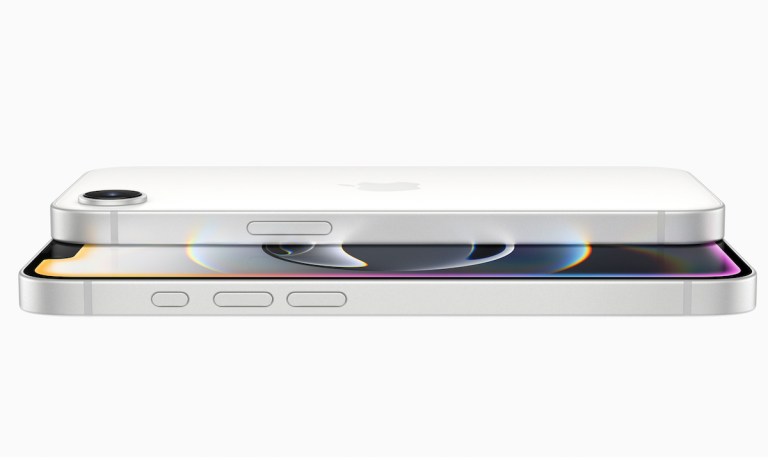David’s Bridal Rolls Out Virtual Stylist Appointments

Amid temporary store closures caused by the coronavirus, David’s Bridal rolled out its virtual stylist and virtual appointment experience. More than 300 stylists from throughout the nation will be accessible to clients to “guide, inspire, personalize, and help bring their wedding vision to life,” according to an announcement.
David’s Bridal Chief Marketing Officer Kelly Cook said in the announcement, “It is truly remarkable to work alongside these Virtual Stylists. They love serving their brides in all the ways which matter most to her. After we tested this program, we received some of the highest Net Promoter Scores (NPS) in recent history.”
Customers can text with a virtual stylist, in one case, with the program and get advice on measuring and finding a dress that is ready to ship, among other tasks. They can also book virtual appointment with a stylist who can provide a personalized experience, as customers fill out a style quiz before their appointments.
In addition, customers can book an appointment for an upcoming date at any of the company’s 300-plus store locations. The entire fleet of stores will be open for appointments beginning on June 1 per the announcement. And customers can schedule a virtual appointment seven days a week by text.
As reported in February, David’s Bridal has a new planning tool suite that was to bolster the end-to-end experience for the bride and power revenue for David’s. One of the tools is a wedding vision board that includes a wedding dress style exercise and questions about event plans.
Couples can make a custom wedding vision board by filling in a customized wedding vision from décor to music playlists and wedding party fashion. The vision board can be downloaded or shared with others.
Another tool was an interactive wedding checklist that has the ability to be personalized with the wedding date and can be made with reminders as well as alerts around certain tasks.
Recommended
Apple Aims to Reach More Customers With Lower-Cost iPhone 16e

Apple debuted its lower-cost smartphone, the iPhone 16e, Wednesday (Feb. 19), saying the product’s price starts at $599.
“We’re so excited for iPhone 16e to complete the lineup as a powerful, more affordable option to bring the iPhone experience to even more people,” Kaiann Drance, vice president of worldwide iPhone product marketing at Apple, said in a Wednesday press release.
The new model joins a smartphone lineup that includes the iPhone 15 starting at $699, the iPhone 16 starting at $799 and the iPhone 16 Pro starting at $999, according to the Apple website.
The iPhone 16e is “built for Apple Intelligence,” the company’s artificial intelligence (AI) offering, according to the release.
The smartphone also offers Apple’s A18 chip, the Apple C1 cellular modem, a 48MP Fusion camera system and a 6.1-inch display, the release said.
The Big Tech firm will accept pre-orders for the iPhone 16e in 59 countries and regions beginning Friday (Feb. 21) and will make the phone available beginning Feb. 28, per the release.
The new smartphone will cost $170 more than the iPhone SE that it replaces, Bloomberg reported Wednesday.
It also marks the biggest change in the history of the low-end iPhones that were introduced in 2016 and have not been updated in nearly three years, according to the report.
The company reported in January that during the fourth quarter — the first quarter in which it offered the iPhone 16 and Apple Intelligence — the iPhone 16 models performed stronger in markets where the AI features were available.
Apple reported a record number of iPhone upgraders during the quarter, with the iPhone 16 family outperforming the iPhone 15 family since launch. During a January earnings call, Apple CEO Tim Cook attributed this trend to a strong desire among existing customers to adopt the latest technology, with Apple Intelligence being a key factor.
The company’s installed base of active devices reached a record high of 2.35 billion during the quarter.
When Apple unveiled Apple Intelligence in September, it said the suite of AI-powered features integrates deeply into the company’s ecosystem, leveraging the technology to perform tasks ranging from text refinement to image manipulation, all while prioritizing user privacy.